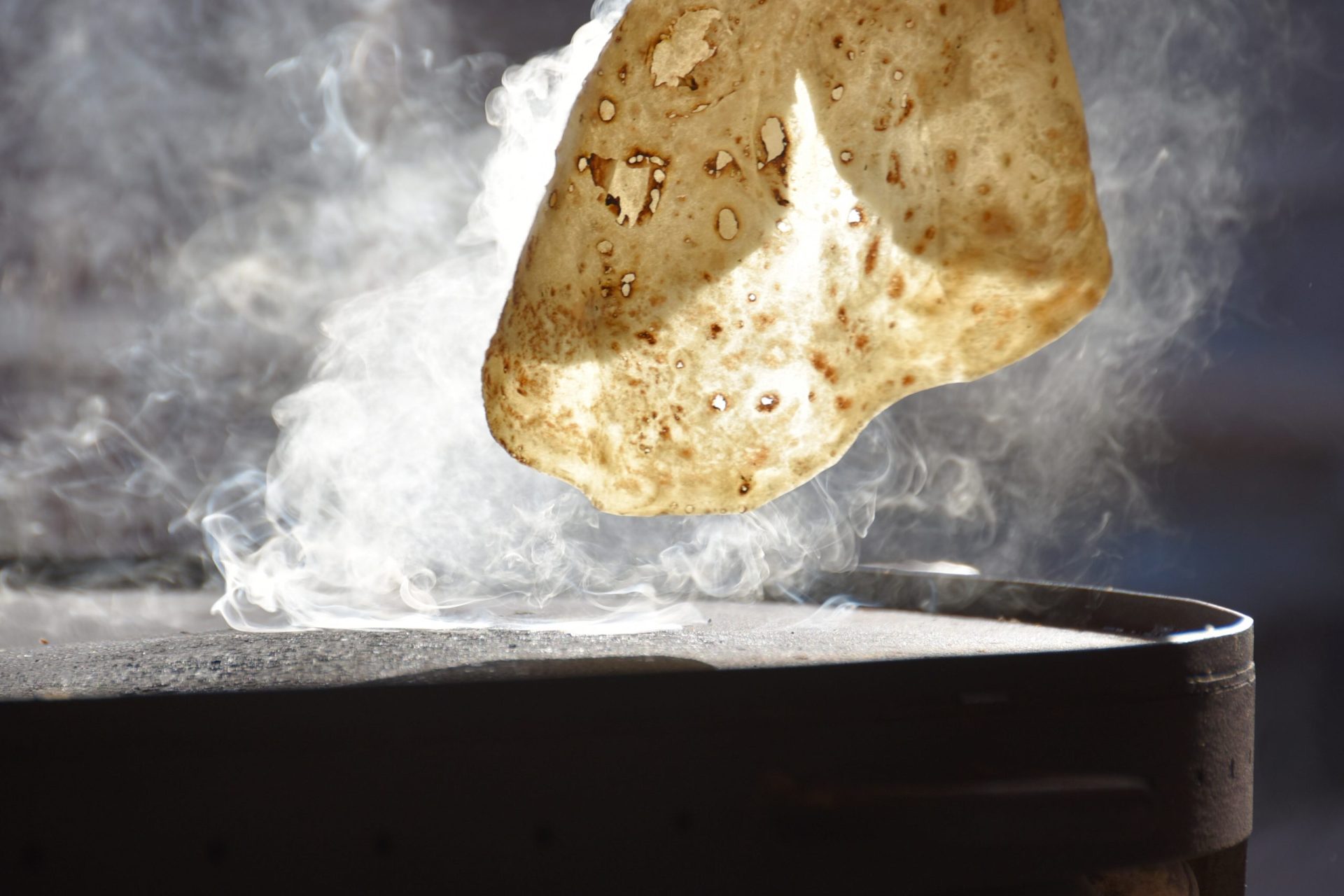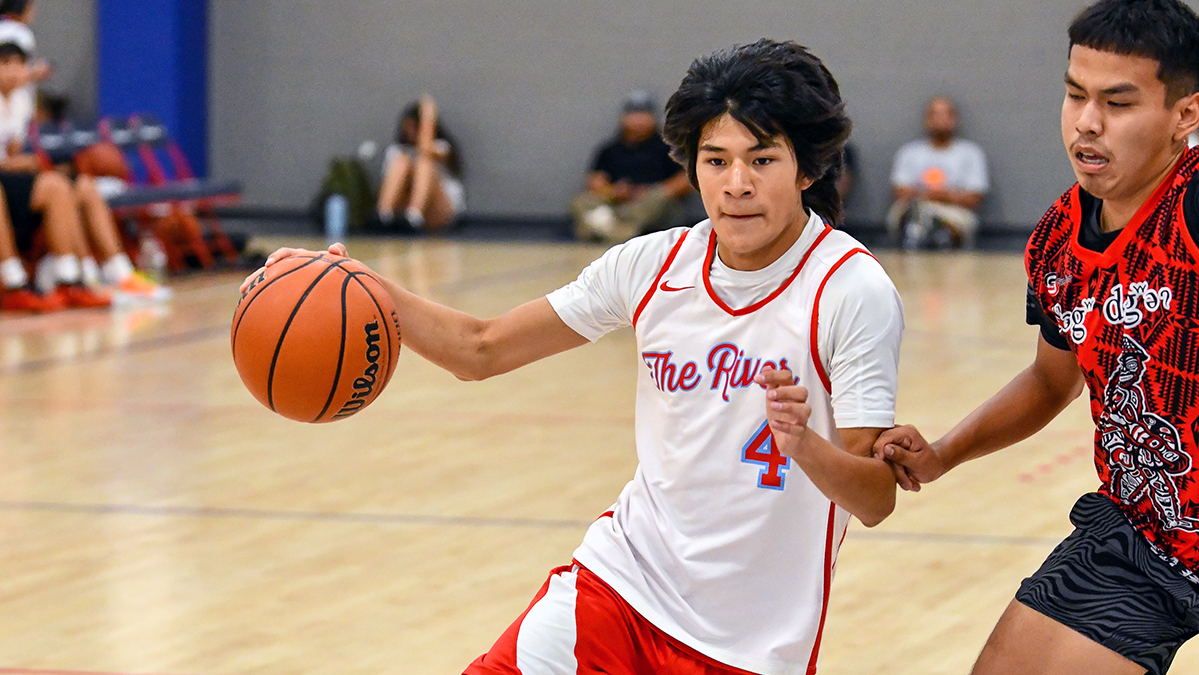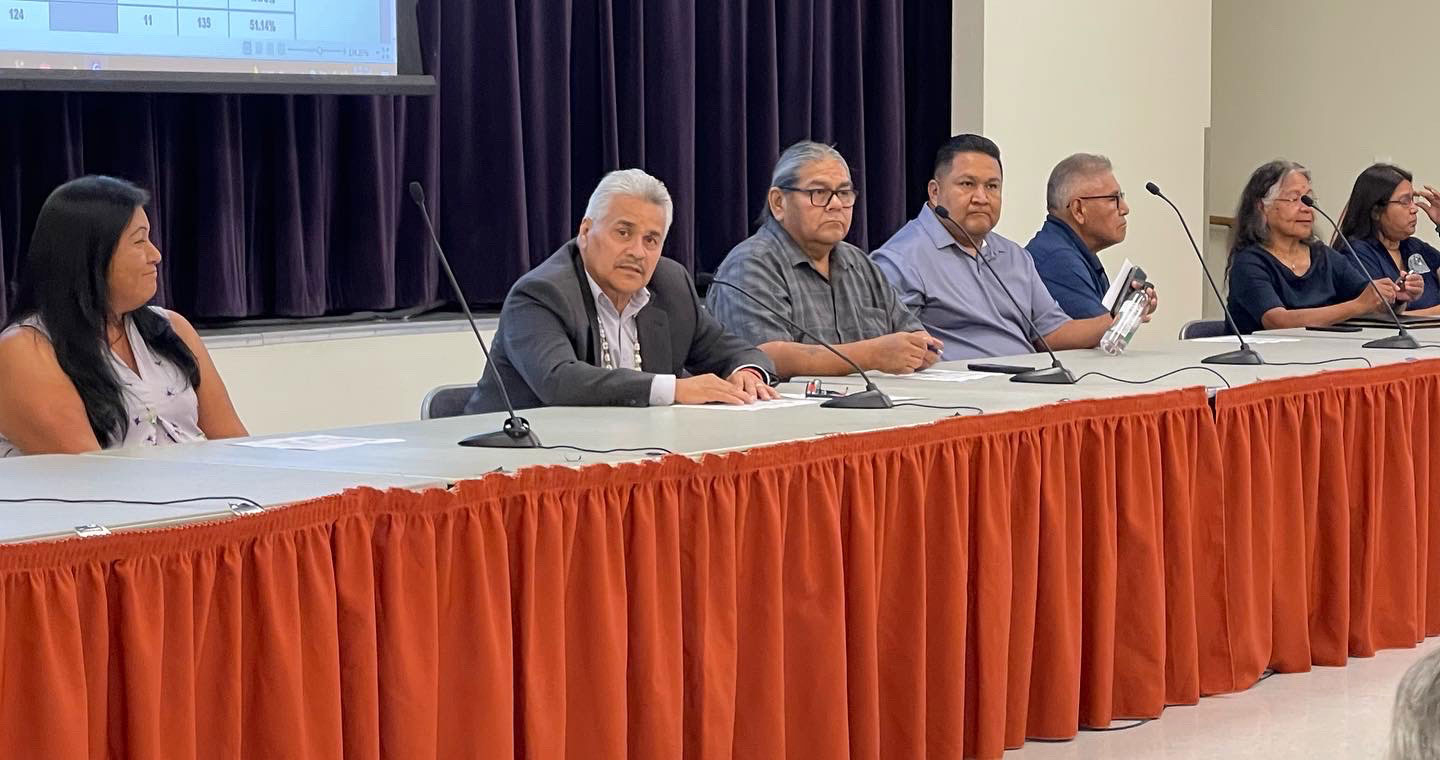VIEWS: 4074
July 28, 2023Cemait- and Modiily-Making Traditions Passed Down to Kids at Tortilla Camp
As early-morning birdsong filled the smoky air behind the Huhugam Ki: Museum on June 30, Museum Specialist Debbie James and Museum Assistant Candice Manuel turned, stretched and cooked tortillas with their floured hands.
“You’re forgetting one main ingredient,” James said as she quizzed the group of 10– to 12-year-olds who were at the museum for the last day of Kids Tortilla Camp and the graduation ceremony. “Lard, that’s right. And if your tortilla starts smoking, it’s burning.”
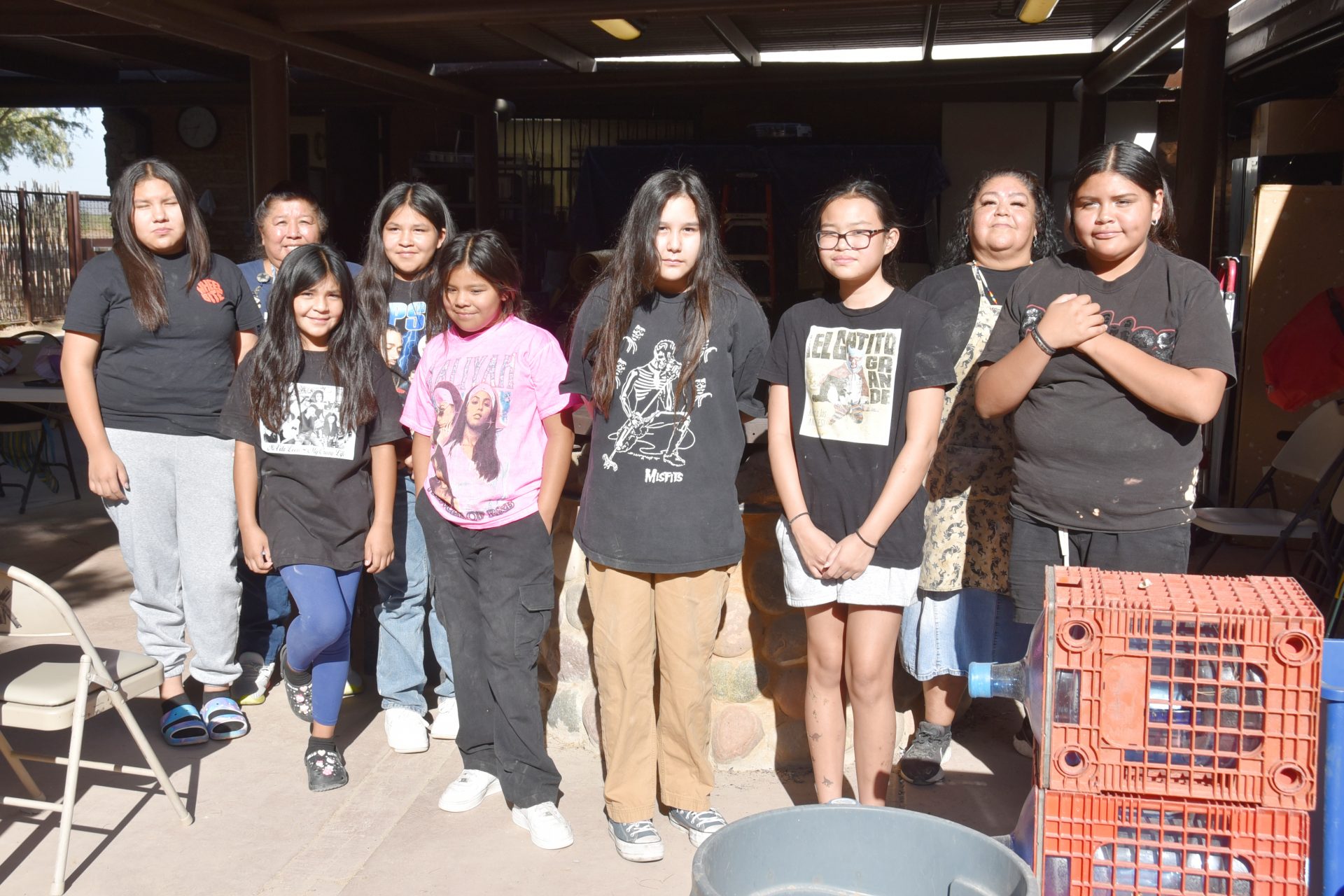
For an entire week, the kids arrived at the museum at 6 a.m. and spent a couple of hours learning the Community’s traditional way of making tortillas (cemait in O’odham and modiily in Piipaash), which included learning the necessary ingredients, tortilla-making methods, and how to tell when a tortilla is done.
The kids gathered in a semicircle in the shade at the back patio, also known as the Iron Vato, and watched their culinary skills come to life in front of them as James and Manuel gave one last lesson at the large cooking disc, known as komal in O’odham and madiily in Piipaash.
Manuel said that not only does she teach the kids how to prepare and cook the dough (va:ga in O’odham and mvar uuxar in Piipaash), but also how the dough is supposed to taste, according to the tradition.
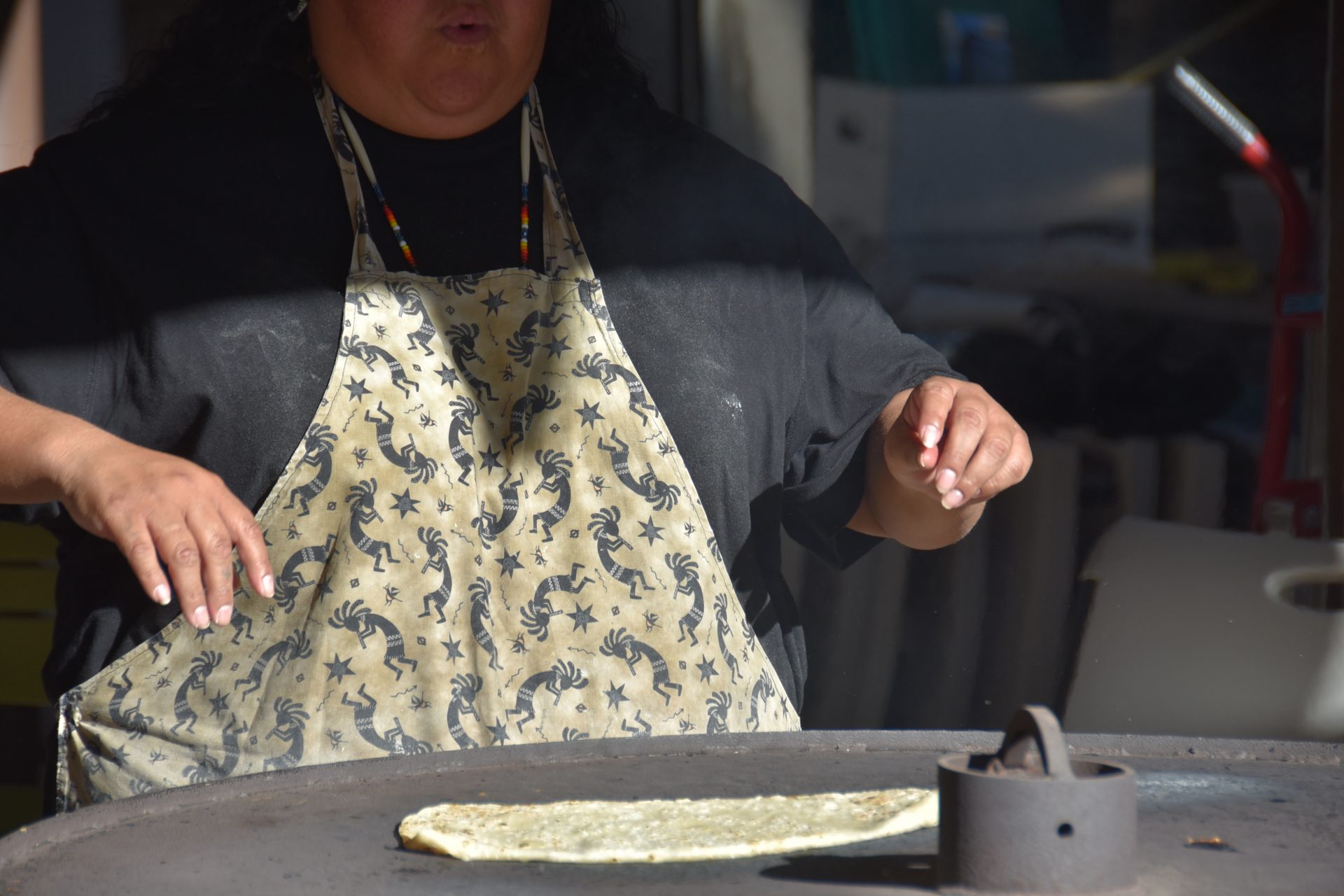
“[The tortillas] are never going to be perfectly round. Once [the students] know how to [flip a tortilla themselves], they graduate from the class,” said Manuel.
After the tortillas were finished cooking, they were placed in a bowl and brought to a breakfast burrito station, where staff taught the young students how to wrap a burrito properly.
While the kids enjoyed their meal, a graduation ceremony was held for them. The graduates are Lanice Emerson, Vivian Lopez, Arianna Lopez, Laciella Whitewolf, Lilah Benally, Nevaeh Ray and Elicya Ray.
As the grads came up and accepted their certificates, they were given back the cookie sheet, bowl and cheesecloth that they brought with them on their first day of the camp as a symbolic gesture and a head start on making future tortillas.
James said that this class did a great job. The only thing they had trouble with was putting the tortillas on the stove, a difficult task for a beginner who is not used to cooking with intense heat.
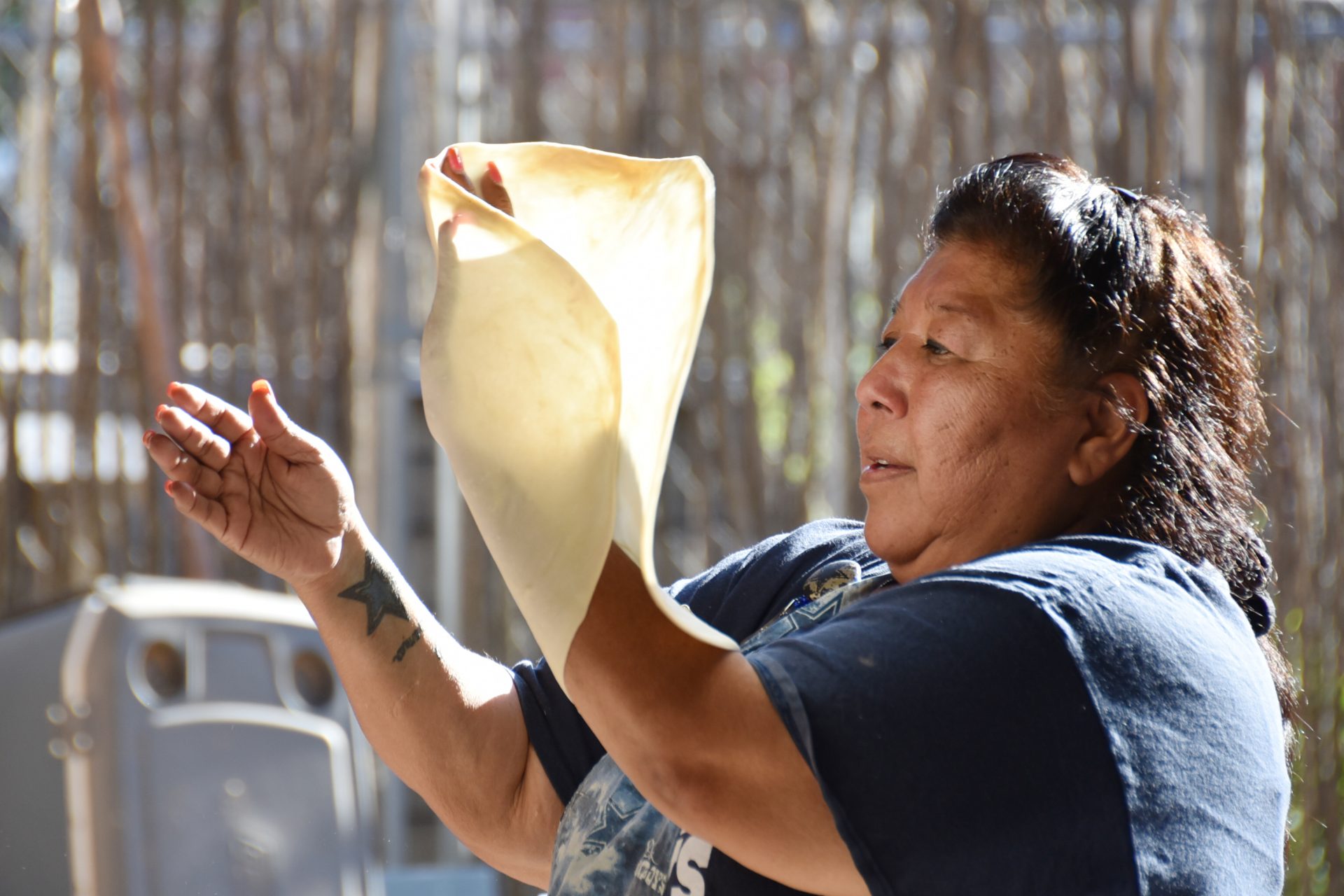
“I told [the kids] that any time you are over a fire, you are going to get burned in some places,” said James. “I told them it’s not a heavy burn. I joked with them, ‘You can burn your fingerprints off and go rob a bank, and they wouldn’t know it was you!’ I was just kidding, of course.”
Ten-year-old graduate Vivian Lopez said that, at first, she was afraid to touch the tortillas when they were cooking on the heat.
“I know we were supposed to get it right, but we’re still just kids. But by the end of the week, I didn’t worry about grabbing the [hot] tortillas,” said Lopez.
If there was no class available, Lopez said that her grandma probably would have taught her how to make tortillas. “I have watched her ever since I was 6,” she said.
One of the goals of the class is to pass down very specific ways of making the tortillas, a tradition that is especially dear to James.
“[The kids] get frustrated at me. I’m kind of harsh,” James said with a grin.
James’ aunt is Sharilyn Belone (baḍ), and her aunt is a big reason why the classes exist. Belone (baḍ) started the camp, and James said that her aunt helped her get back into making tortillas. Manuel said that she learned from Belone (baḍ) as well.
As the graduates prepared to be picked up from camp, James and Lopez gave parting wisdom to them. Both of them encouraged the kids to go home and practice making the tortillas, and to remember the O’odham and Piipaash names for all of the elements that go into making a tortilla.
“At least try making [tortillas] once a week or every couple weeks,” James said to the group.
James’ granddaughter took the class when she was 10, and now she is 18. She still makes all the dough for her family.
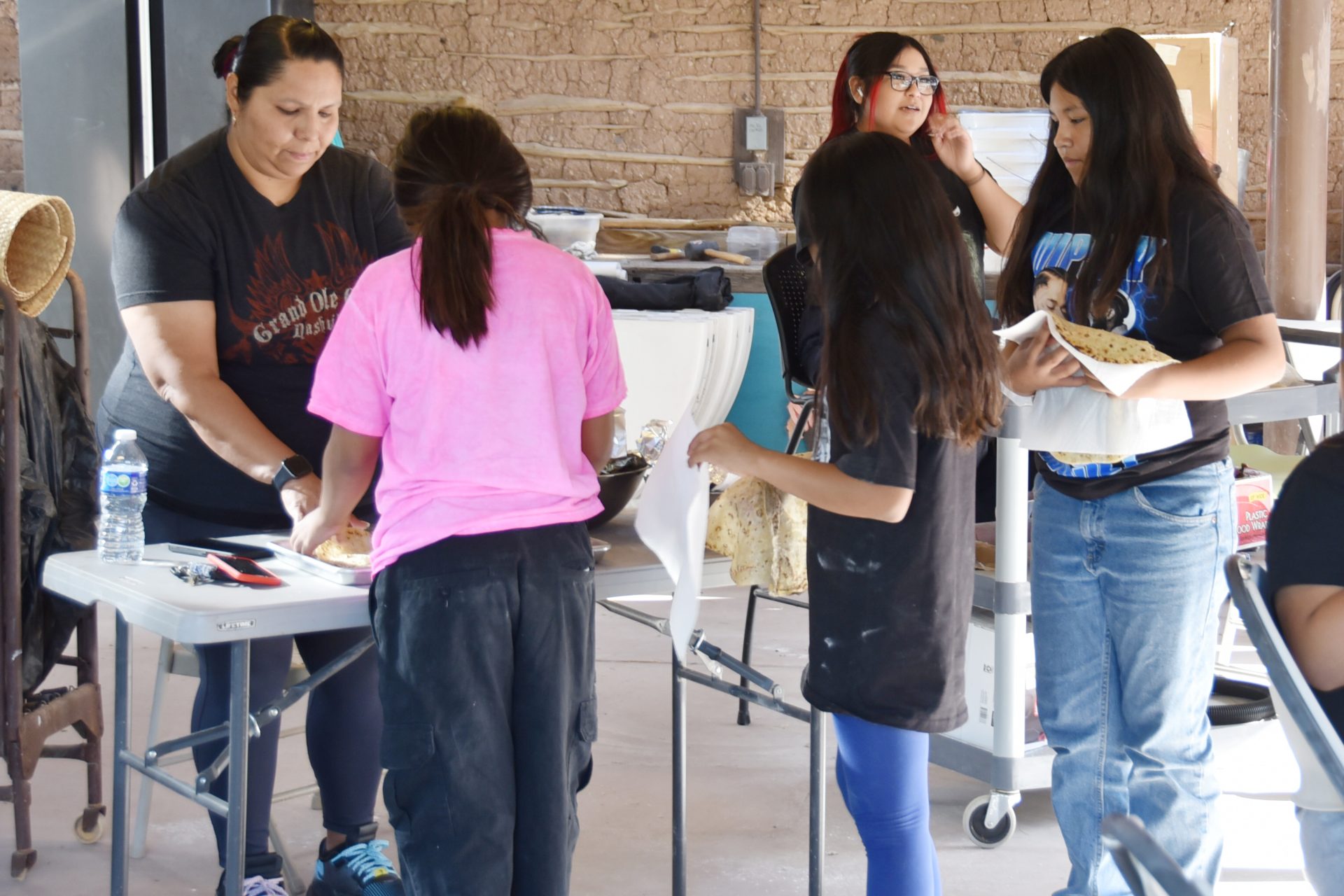
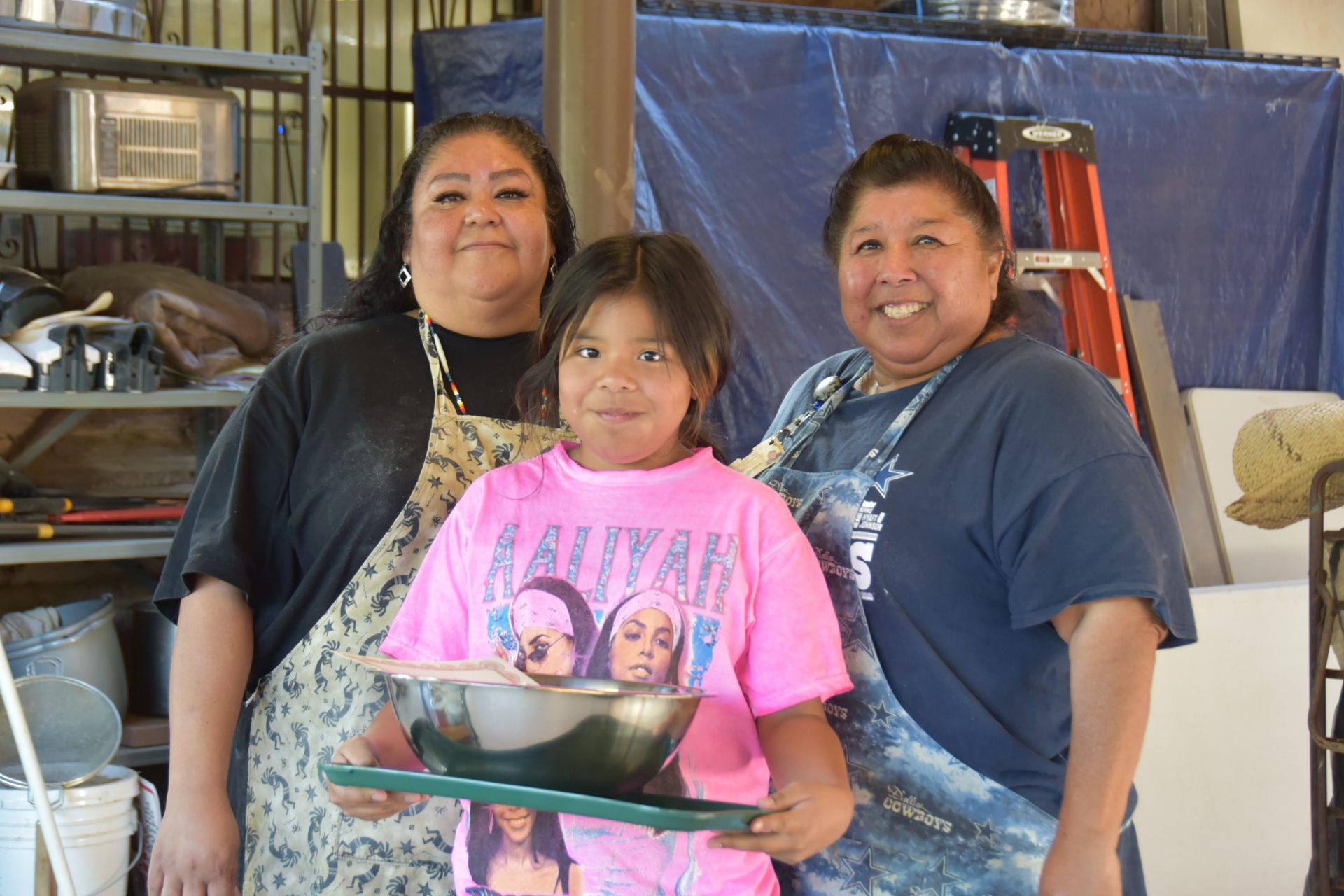
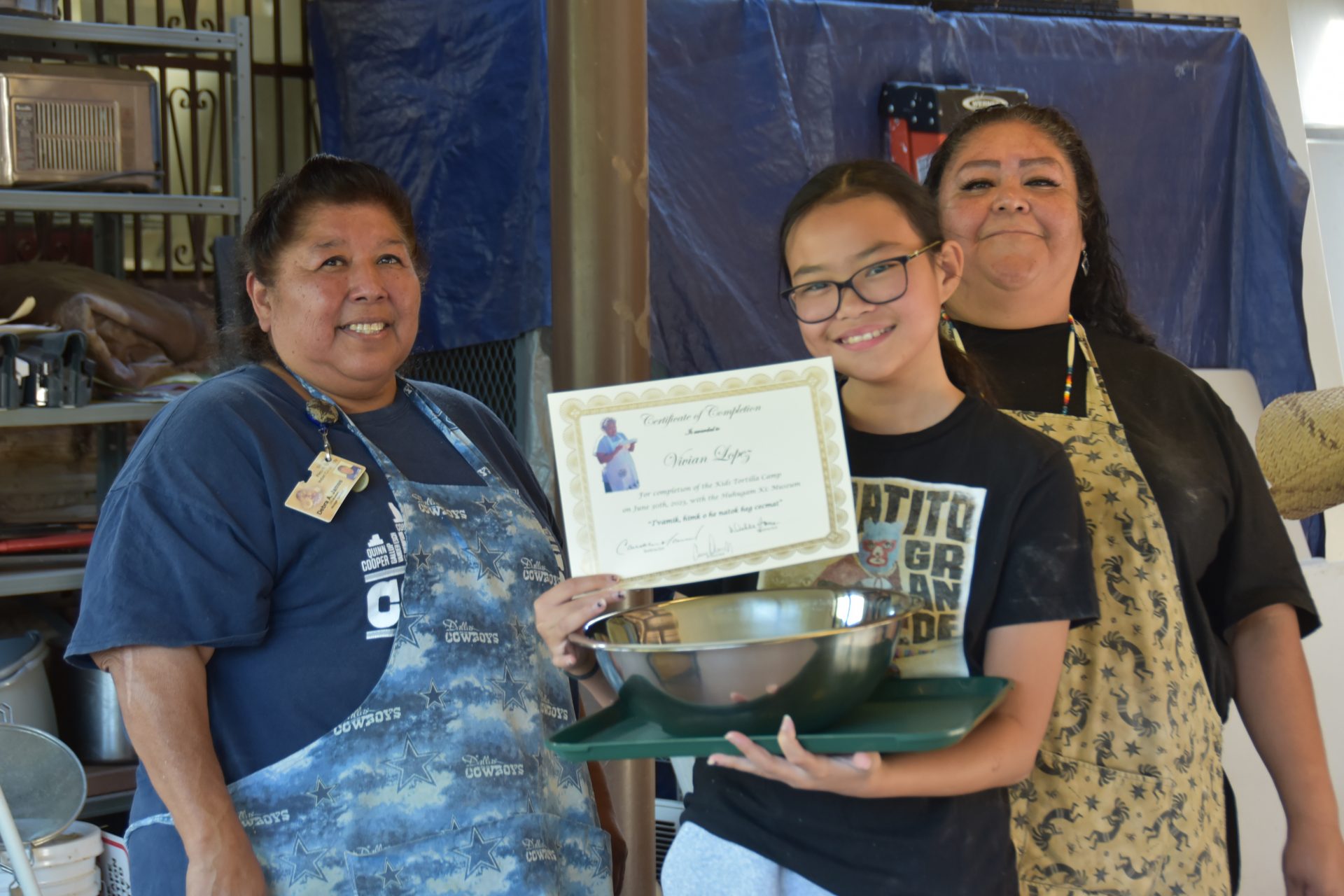
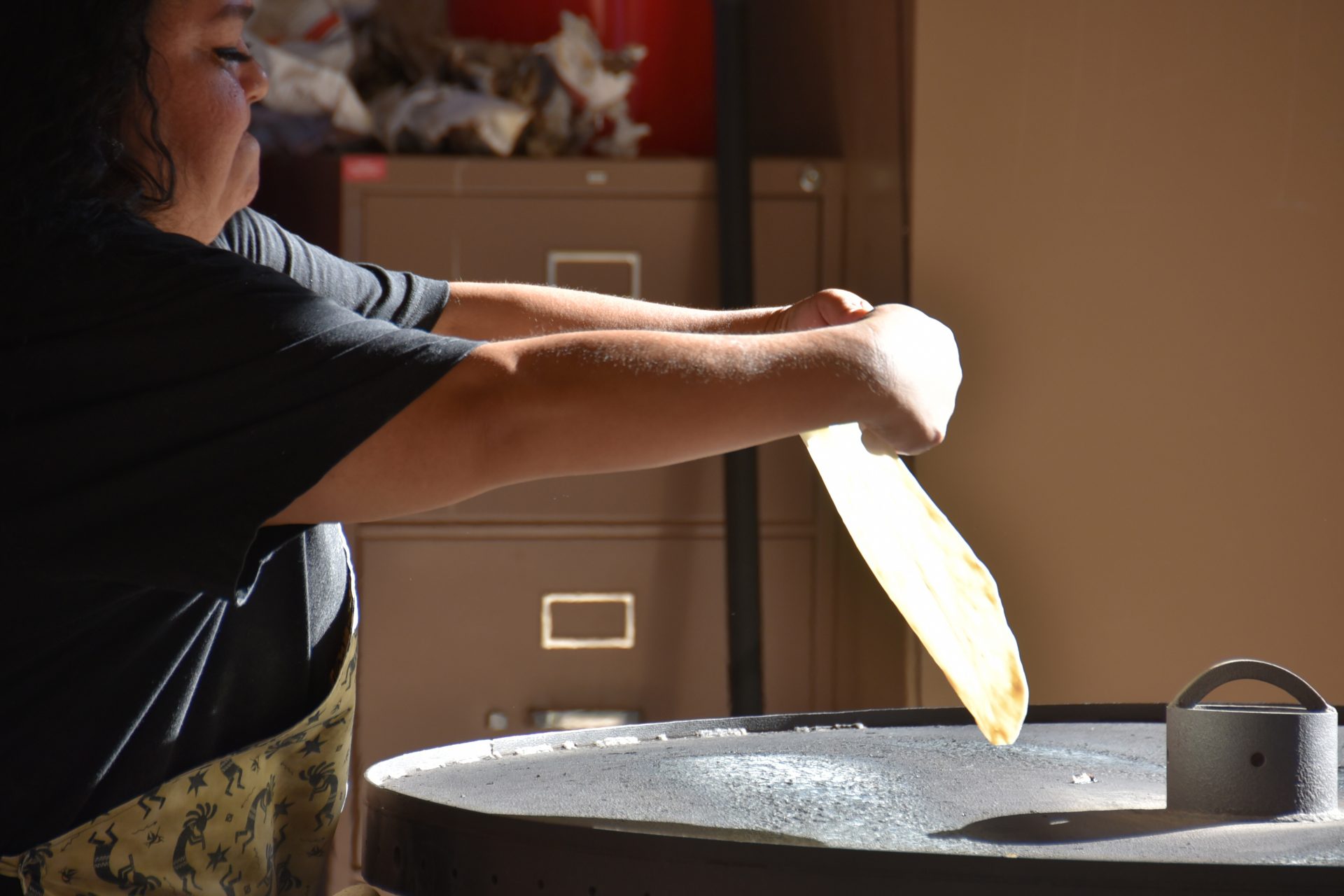
Another goal of the camp is to bring in new students each time, so as to give more kids a chance to learn the tradition.
The next camp offered by the museum was a Youth Tortilla Camp for youth ages 12-14, which was held July 10-14.

